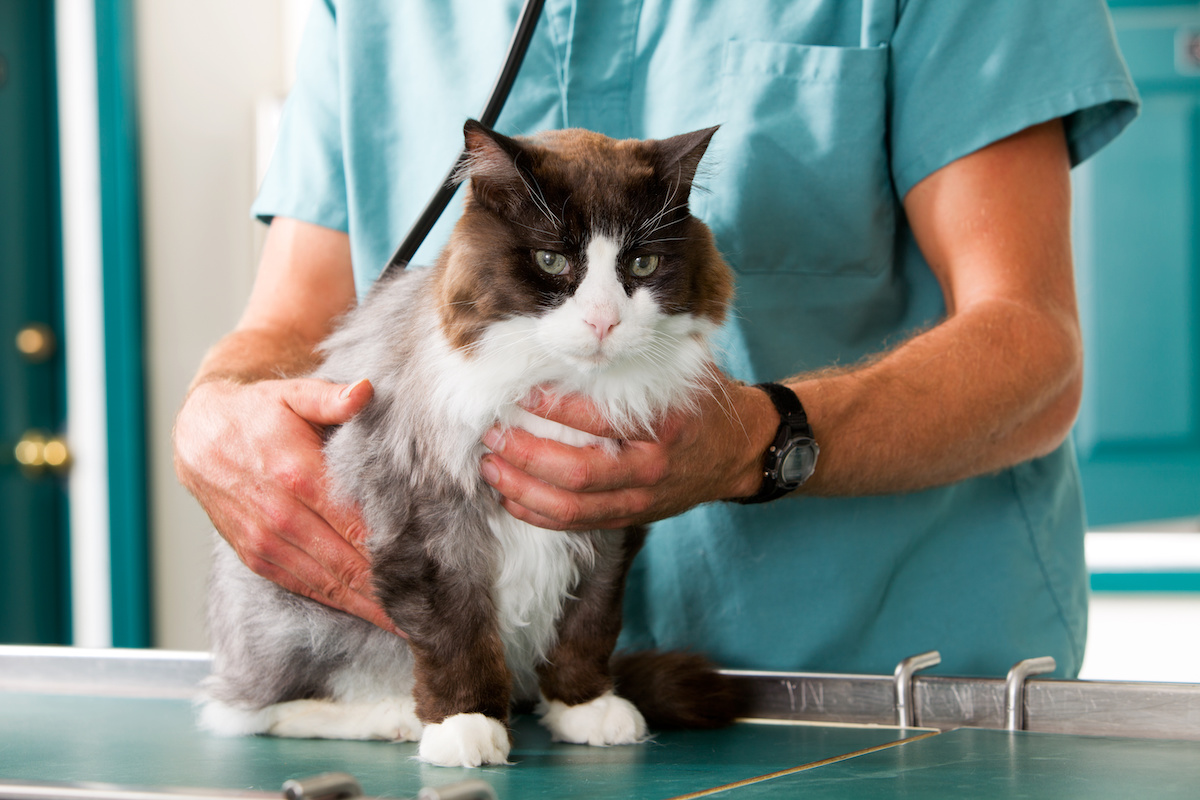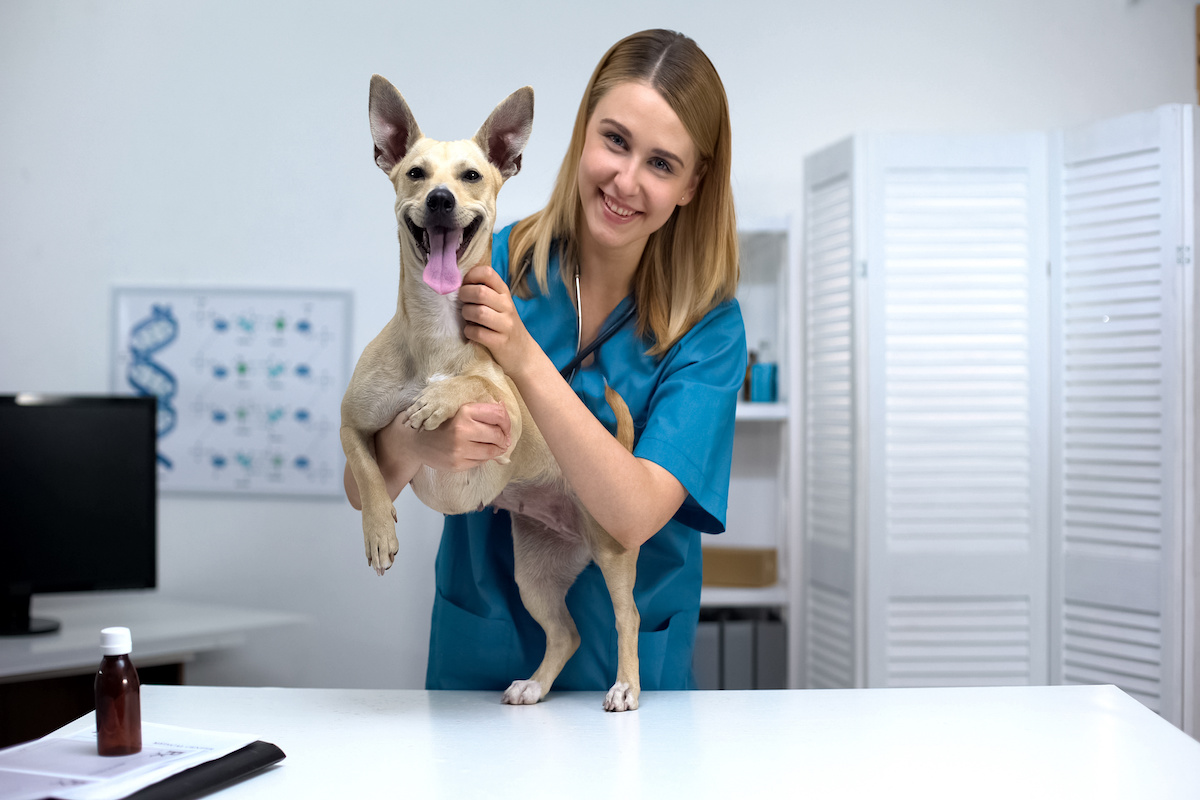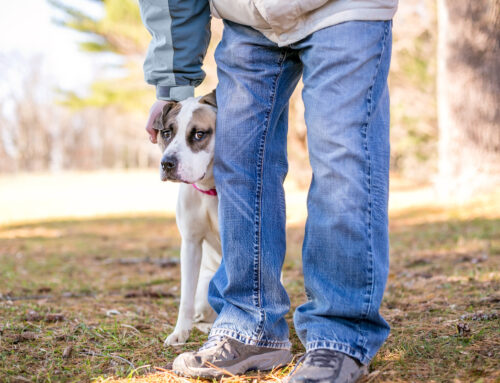When was the last time that you took your dog or cat to the vet? A wellness checkup is a great way to keep your pet in good health. This is a routine visit to the vet that’s done each year for a variety of reasons.
Otherwise known as a checkup or physical examination, the purpose of a wellness visit is to maintain optimal health. It also will also help to prevent disease and other potential issues that could be life-threatening.
When it comes to a dog or a cat’s wellness checkup, we will talk about what the visit entails and what you can expect.
What Happens During A Wellness Checkup?
With a routine wellness examination, the veterinarian will enter the room and ask you questions about the health of your pet. These questions can relate to a variety of topics, including:
- Exercise
- Diet
- Breathing
- Thirst
- Behavior
- Bowel movements
- And more
Answering these questions honestly can help your veterinarian determine if there are any issues. For example, a dog or cat who is abnormally thirsty may be diabetic. If this is the case, the dog or cat will need testing to determine if medication is necessary.
A veterinarian will also review your dog or cat’s health history. If there is a history of illness or disease, the doctor can discuss this with you to ensure that your pet lives a happy life.

Vaccinations During Wellness Visit
Will your pet receive vaccinations during their wellness visit? In many cases, the answer is yes. This is because dogs and cats will typically get annual shots to help prevent disease and even conditions such as kennel cough.
Rabies is another important shot that almost all pets will receive. In fact, In the state of Georgia, pets that are 3 months of age or older are required by law to receive the rabies vaccination.
Typically, the first dose of rabies is good for one year. The dog or cat will return the following you for another rabies shot. From there, the rabies shot is good for 3 years.
When it comes to dogs, a wellness visit is also a time to be tested for heartworm. Especially during the summer months, mosquitoes can run rampant which carry blood borne diseases. Unfortunately, the bite from a mosquito can infect your dog with heartworm.
Heartworm is deadly and incredibly expensive to treat. You also cannot give a dog infected with heartworm preventative medicine. This is why it is so important to test the dog for heartworm before putting them on any kind of heartworm medication.
If the heartworm test is negative, your pup can take a monthly tablet to protect against heartburn brought on by mosquito bites.
What Happens During the Physical Examination?
Yearly vaccines and blood tests are one part of the annual checkup for cats and dogs. However, there is another leg of the examination which includes a physical checkup.
But what happens when the veterinarian comes into the room to do a physical check on your pet? There are several things that the veterinarian will look into during this part of the checkup.
First, the veterinarian will determine if the cat or dog is walking and standing normally. This will help check and account for any muscular or developmental issues if the pet is young.
They also want to see that the dog or cat is bright and alert. If the pet is lethargic, this could mean if there is sickness or disease going on.
Next, the vet will look at the overall body condition of your cat and dog. They want to make sure that your pet is at a proper weight and body condition, which means they are not too fat or too thin. Keep in mind that pet obesity is a big problem!
Another important insight is the condition of the coat. A veterinarian will look for problems such as very oily coats, a lot of dandruff, excessive shedding, abnormal hair loss, and very dry hair. This is the same for the skin, what should also be in good condition as determined by your vet.
The veterinarian will also want to take a look at your cat or dog’s eyes. The eyes should not have gunk or discharge. There also should be no excessive tearing, lumps or bumps on the eyelid, or cloudiness.
Veterinarians are also concerned about the condition of your pet’s teeth. Excessive tartar buildup can lead to a myriad of dental issues. The veterinarian may recommend scheduling a dental appointment to get the teeth cleaned. In some situations, tooth extraction is necessary.
What Happens if You Miss an Annual Wellness Visit?
What happens if a year goes by and you miss the annual exam for your pet? If your pet is on preventive medicine, the prescription for this might end. Some veterinarians require annual screening for heartworm before they will renew the preventive medication.
This means that your dog may run out of heartworm medication that keeps them protected from this deadly disease. This is not a good gamble to take, as heartworm is very dangerous and if left untreated, it can take the life of your dog.
Meanwhile, your dog or cat might miss a dose of the required rabies shot. It’s very important to keep your pet up-to-date on rabies vaccines. Not only is it dangerous for your pet and other animals, it can be dangerous for yourself. There is no telling if your dog will come across a rabid racoon or other animal while outside, no matter how unlikely you think it might be.
Diagnosing of Diseases
One of the worst parts of missing an annual wellness visit is potentially overlooking diseases. The problem is that a dog or cat cannot let you know if they are in pain or sick.
In fact, a lot of times the disease will have progressed substantially by the time that you are aware that anything is wrong.
Take kidney failure for example. Unfortunately, kidney failure can be quite common in older and small breed dogs. Kidney disease can go undetected for quite some time. However, this disease can be detected via a blood test which checks for normal functioning of kidney levels.
Depending on how far the kidney disease has progressed, your pet may be able to be saved. This might involve some difficult treatment, including giving fluids via an IV at home. Some medications can help slow or stop the progression as well.
When kidney disease escalates to kidney failure, it’s typically the point of no return.
Other serious diseases that will need close monitoring include any heart conditions, diabetes, fungal diseases, and cancer. The good news is that most of these are preventable or treatable if caught early.
How to Prepare for a Wellness Checkup
Now that you know about the importance of an annual wellness checkup for your pet, you might be wondering what you need to do to prepare.
This list can help you and your pet have a successful wellness visit:
- Take note of the type of food you feed your cat or dog. Your vet may need to know this information at some point at the examination.
- Pay attention to see if you notice any unusual behavior. This can include sleeping too much, being overly restless at night, or not eating adequately.
- If this is your first visit to the vertarinian and your dog is an adult, bring vaccine records if you are able to get access to them.
- Prepare a list of questions to ask your vet. You can make a list on the notepad of your smartphone so you won’t forget it.
If your dog is not spayed or neutered, you may want to have a conversation with your veterinarian. There are many positive reasons for spaying and neutering, which includes population control. It can also help your pet avoid behavioral problems such as marking territories. Your pet may even live longer!
If you decide to move forward with a spray or neuter, keep in mind that this is a major surgery. Your pet should be supplied with pain medication and a safe, quiet place to recover.
When it comes to living a long and fulfilling life, regular veterinarian checkups are important. They should begin at a young age and continue through adulthood. If the dog is older or has health problems, quarterly or bi-annual. Your veterinarian will help you determine the right frequency for your furry loved one.






